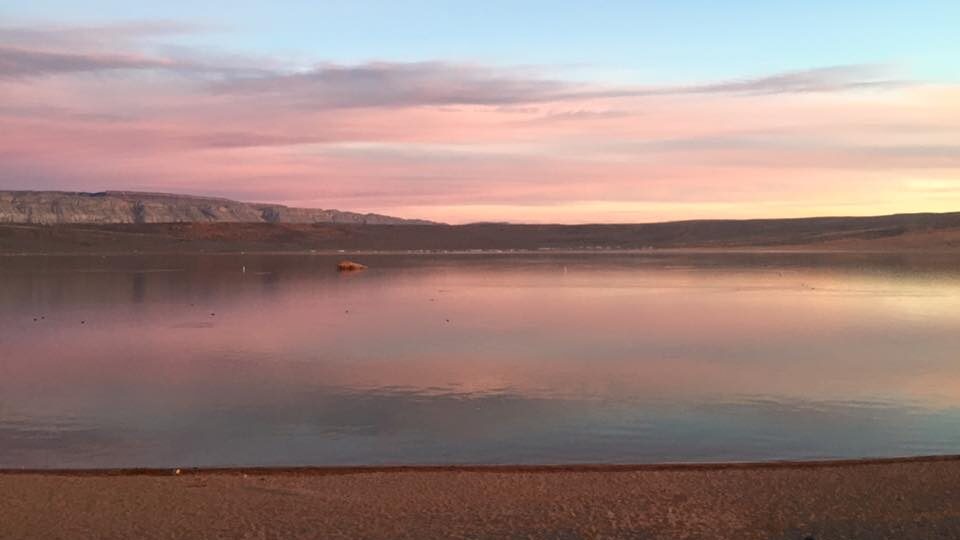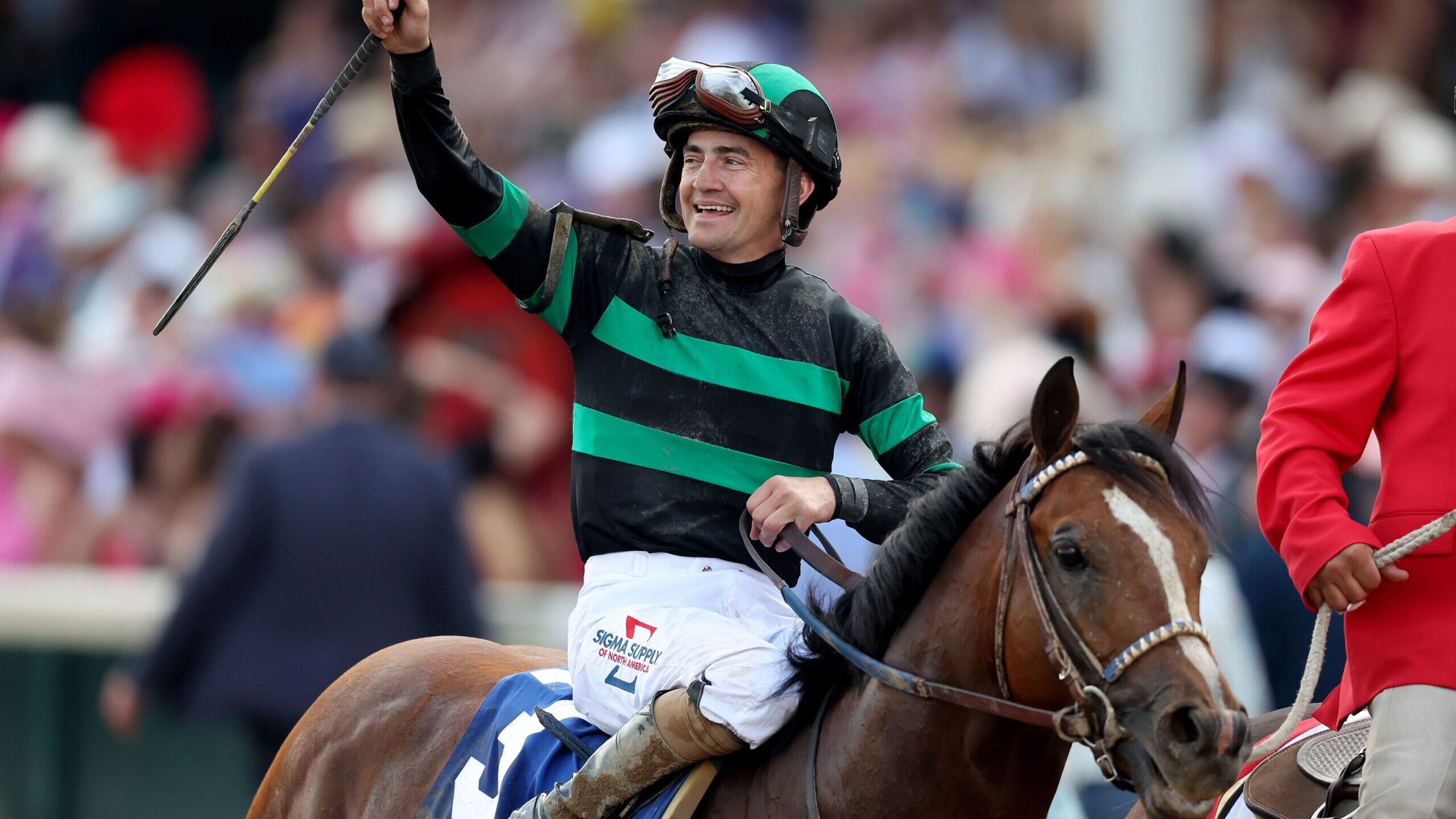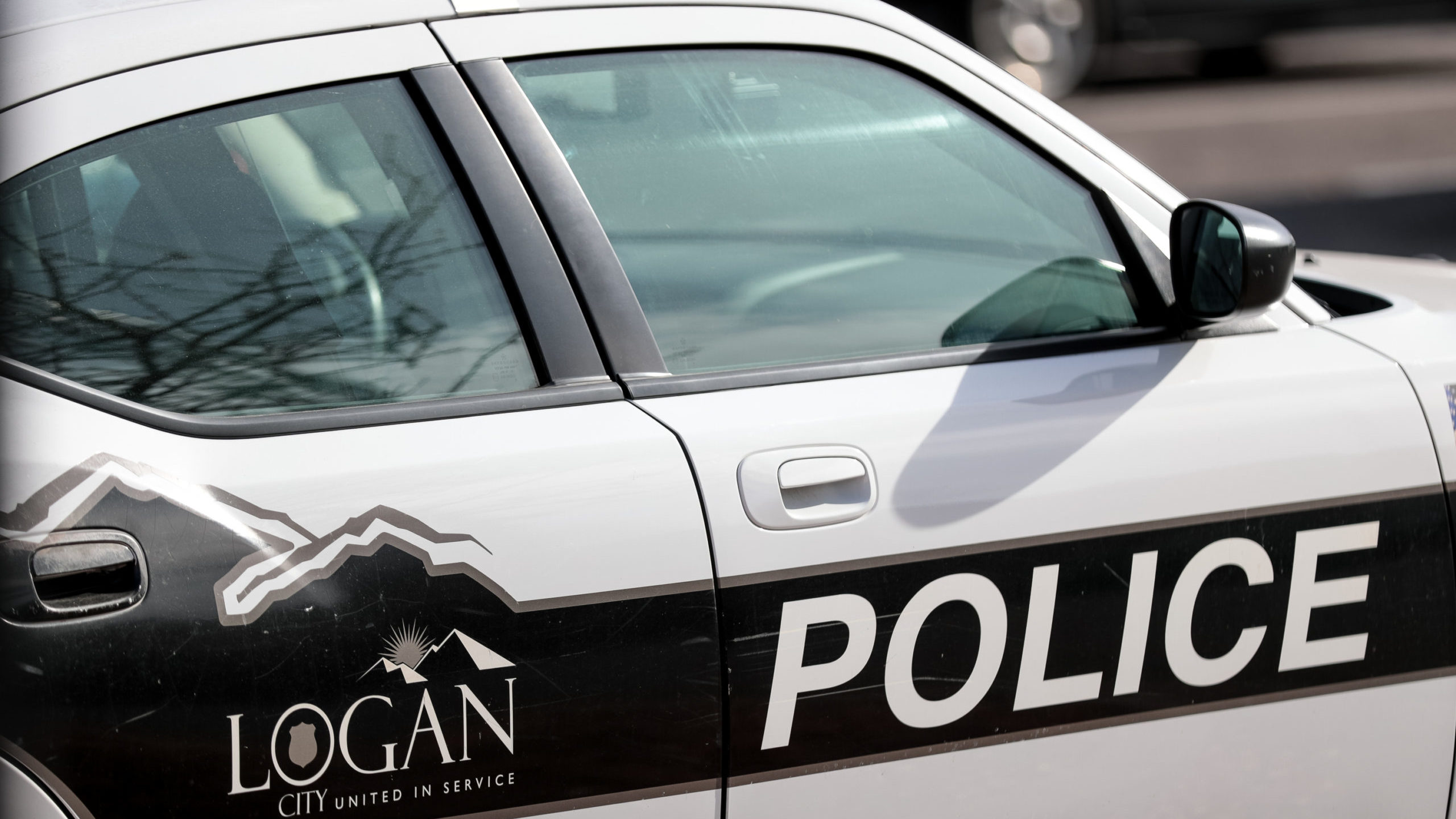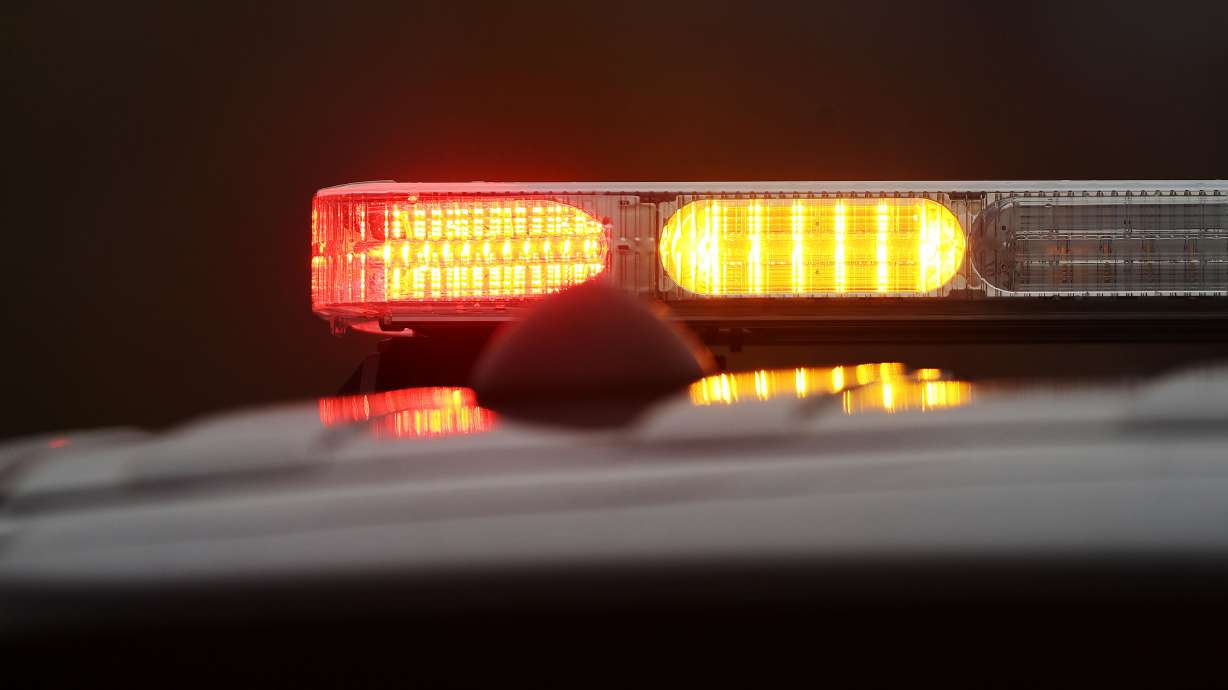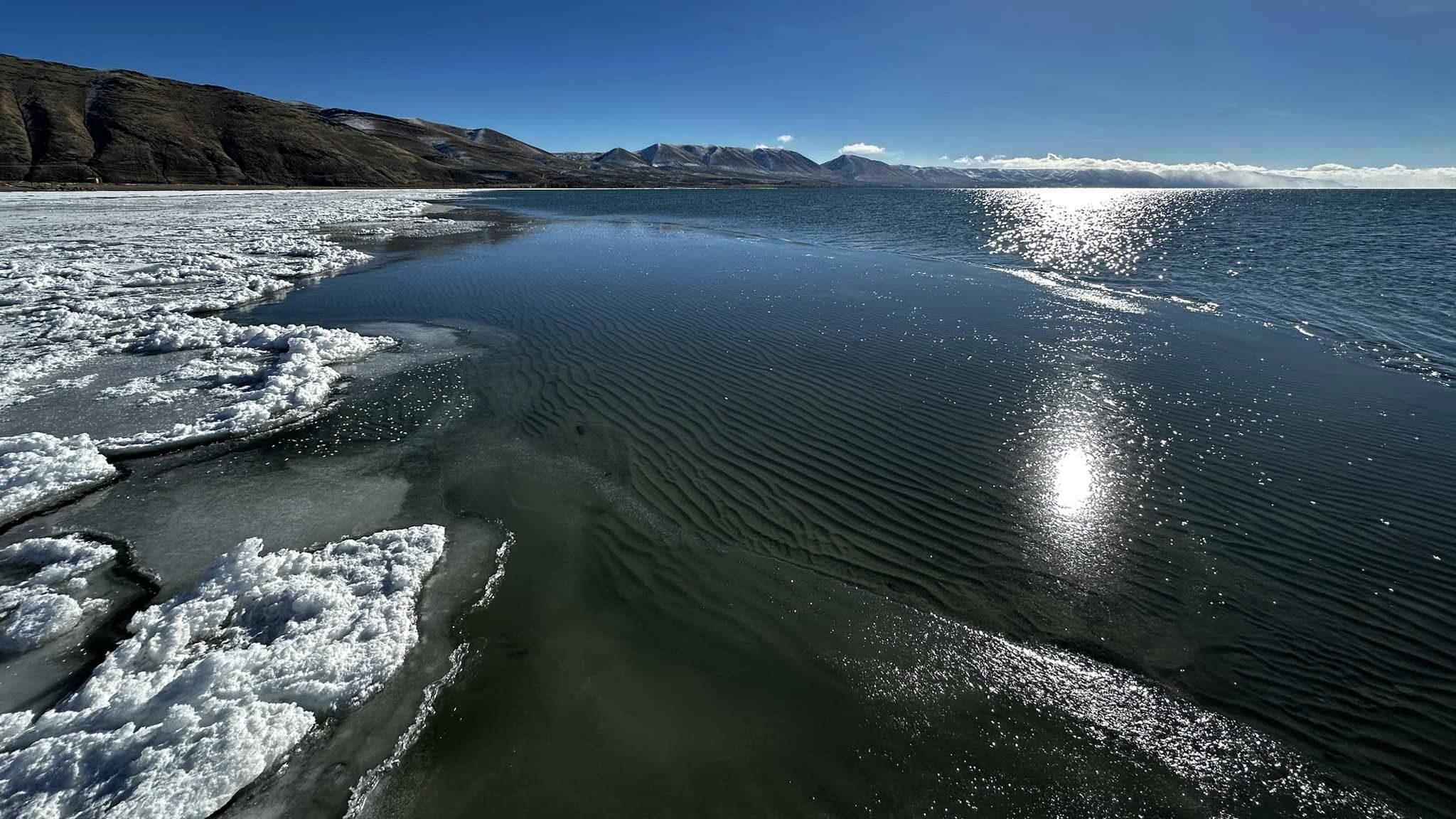SALT LAKE CITY– Earlier this week, US Interior Secretary Deb Haaland
sent her recommendations to President Biden on whether to reverse the Trump Administrations’ downsizing of two Utah national monuments. While the details of her suggestions weren’t made public, the boundaries of Grand Staircase Escalante and Bears Ears National Monuments have been the topic of debate ever since former President Trump announced he was shrinking the sites.
The decision was heavily contested by Utah’s sovereign nations, as the sites are considered cultural and sacred to many Native American communities. However, federal lawmakers both advocated for the expansion of the sites, whereas others have pushed for the shrinking of them.
In the past, members of Utah’s delegation have spoken out against the expansion of these lands, citing concerns over public land regulations, Senator Mitt Romney being one of them.
Senator Mitt Romney joined Boyd Matheson, the host of KSL NewsRadio’s Inside Sources, to break down the highly debated boundaries of Grand Staircase Escalante and Bears Ears National Monuments.
A full transcript of the conversation is below:
Boyd: Infrastructure continues to be a hot topic in our nation’s capital for the people of Utah. It’s not just infrastructure, it’s national monuments, and trails, and a host of other things. That’s much more than just what we see in the headlines.
Well, this is the portion of the program where we think again, and obviously, we’ve heard a lot about infrastructure bills and different groups that we’re trying to cobble together some compromise. We’re very pleased to be joined now by Utah Senator Mitt Romney, who’s been in the middle of a lot of those discussions just to get an update in terms of where that discussion is.
We know that in the Senate today that Chuck Schumer did kind of get the trains out of the station on another path, creating some additional options and obstacles in terms of getting that done. Senator, thanks for joining us. And now what can you tell us in terms of where we are? What’s the present reality with infrastructure?
Romney: Well, thanks, Boyd, good to be with you. The rules of the Senate allow the Democrats by themselves without any Republican votes at all, to pass any spending measure that they would like and also to change taxes as they would like. So the White House and Chuck Schumer, who’s the Democrat leader, are eyeing spending several trillion dollars over the coming several years by doing that without any Republican votes.
At the same time, a group of ten of us, five Republicans, five Democrats have said, ‘hey, we’ve got a better way. Let’s come up with a much smaller spending package for infrastructure, have it entirely paid for with no new taxes at all.’ And that’s what we’ve come up with.
It’s something which we’re getting Republicans, and the Democrats to sign up for here in the Senate. And I think you’ll find today we’ll end up with ten more who have agreed to join us. So the White House and Senator Schumer are gonna have to decide: are they going to go in alone on a multi-trillion dollar huge tax, hike? Or are they going to work with a bipartisan proposal, which is far more economic and paid for without raising taxes?
Boyd: Yeah. And all eyes have been on your colleague and friend, Senator Joe Manchin, from West Virginia. He has not indicated whether he would be willing to go with the Democratic proposal that would have just Democratic votes. And so that will be interesting to look at.
And I do think one of the important things for our listeners to note is that part of what you’ve done with his group of ten, and it sounds like you’re going to be adding another ten, is really do what should be done on a lot of these bills, and that is narrow the focus, break them into two bills, or three bills or appropriate bills. Is there a path to get that done? And could this become a model for future legislation?
Romney: You know, I certainly hope it becomes a model. We did come together, this same group of ten came together at the end of last year and proposed a COVID relief bill of roughly nine to $1 billion. And that formed the basis, of well, breaking apart that the stalemate that existed between the White House and Congress and was actually passed into law– or a measure very similar to it was passed into law. So we worked before, we’re working again, this time on infrastructure. This is a tough one. But I think there’s some merit to saying, ‘Hey, let’s not make these huge bills, massive in scale with huge tax increases. Let’s instead narrow things down to what we really need to work on a bipartisan basis, so it’s a win for both Republicans and Democrats, and then pass things in a bipartisan basis.’
It would be nice. That’s not the way Washington has worked lately, but it’s the way Washington used to work.
Boyd: Yeah, it did use to work that way. And, you know, I’ve never been a big fan of lobbyists and things getting put into bills. But I know in the infrastructure bill, there’s been a lot of debate on what is or isn’t infrastructure. So this will be my first and only effort ever, Senator, to lobby. And that is, could you just include Mike Conley, his hamstring and Donovan Mitchell’s ankle as part of critical infrastructure for all of us here in Utah tonight?
Romney: No question. No question. It’s critical infrastructure. But unfortunately, it’s not in our legislation.
Boyd: Let’s shift gears. Now, I know there are a couple more really important things going on that do impact many of us here in the state of Utah. First, of course, is dealing with these national monuments that have been done by executive order as opposed to by the proper channels in terms of Congress. They’ve been expanded and shrunk and looks like they’re going to be expanded again. Can you give us an update on where we stand?
Romney: Well, I think you’re right in your assessment, which is the Secretary of the Interior, Secretary Haaland, has said to the President, you should go back to the former boundaries of the wilderness area. So that would reverse President Trump’s shrinking the boundaries. She says he should go back to the full scale.
We’re trying to meet with the President, the entire delegation is, to tell him don’t do that. Sit down, and let’s talk about what needs to be protected. And, you know, we’re drawing on a decision written by the Chief Justice of the United States Supreme Court, it related to another area in the country. But he said, you know, the use of this Antiquities Act, which allows the president to protect wilderness areas, the use of this Antiquities Act should really be limited to actually protecting the Antiquities themselves that need protection and should not be used to take great swaths of land that are actually not really necessary to protect the Antiquities.
And, and that logic really applies here. You don’t really need to take millions and millions of acres and say, ‘Hey, this is going to become a wilderness area.’ And let me note for my friends that are really concerned about, you know, the designation of a monument and keeping natural land natural. And that is when this was designated as a national monument, it brought all sorts of new people to the state that hadn’t been there before. And the degradation of the Antiquities really took off, became terrible. Because just designating something as a national monument. It brings a lot of tourists, but there’s no money that comes to patrol it. I understand. They’re no more than two or three patrol people for millions of acres. So designating something as a monument like this, as a national monument, really is a double-edged sword that people need to think about.
Boyd: Yeah, and I think the other component of that, too, is doing it absent congressional action creates so much uncertainty for our rural communities, for the tribal members who don’t know, you know, is it this much, is it that much can we do this? Can we develop this area or not? It seems the uncertainty is kind of a double whammy for a lot of those rural communities as well.
Romney: Well, there’s no question about that. Which is, it’s gonna be a little strange, don’t you think? When you have a Republican president who shrinks the size of the boundary, then a Democrat president goes back to the larger boat. We’re going to go back and forth ping-ponging back and forth. And that makes it difficult for ranchers that want to graze cattle on land or Native Americans who are collecting firewood for their homes from that land. It’s this ping pong thing that does not make a lot of sense.
Boyd: Yeah, absolutely. I want to get to one last thing before we let you go, Senator. And if you’re just joining us, we got Senator Mitt Romney on the line with us talking about everything from infrastructure and national monuments.
And now I want to go to something that’s a real positive, something I know you’re passionate about. It’s the reintroduction of the Bonneville Shoreline Trail. Tell us just a little bit about where we are there, and what kind of progress we’re making, and what we can expect moving forward.
Romney: Well, I just testified before the committee that oversees that legislation. I proposed legislation, along with Senator Lee, that says, look, let’s take the 326 acres of wilderness land that the Bonneville trail goes through, allow the trail to actually go through that land, and swap that land for another 326 acres that used to be a Boy Scout camp that is now part of the National Forest, so we can actually complete the Bonneville trail.
It would be 280 miles long, this Bonneville Shoreline Trail. It would trace the outline of the original Lake Bonneville, which by the way, was 20,000 square miles, about the size of Lake Michigan. And it would stretch all the way from Southern Utah into Idaho. It’d be a fantastic legacy item for our future generations, as well as something that we could enjoy during our lifetimes. It
Boyd: It’s so important. I think this is one of those that is a great model in terms of how you can have good use and good stewardship of the land and do things that promote and bring people to the state of Utah, as well as protecting those things that really matter for the long haul.
Romney: We’re on the same page and that Boyd. I think there’s a great deal of support for saying ‘Yep, you’re right, let’s complete this Bonneville Shoreline Trail,’ which would allow people to actually walk along that shelf. And you’ve seen it if you drive around, you know, Provo, Orem or Salt Lake. You’ve seen that bench against the mountain. That will be the trail that connects us. One part of the state to the other and all the way to Idaho.
Boyd: Fantastic. Utah Senator Mitt Romney, really appreciate you carving out a little bit of time for us on Inside Sources today. Great things happening. We’ll continue to stay tuned in terms of infrastructure, the national monuments, and the Bonneville Shoreline Trail. Really appreciate your insight today.
Romney: Thanks, Boyd. Good to be with you.
Boyd: All right. Again, Utah Senator Mitt Romney has a lot going on in Washington DC this week. And this infrastructure conversation is going to get really interesting now that Chuck Schumer has kind of unleashed the from the train station. This path where Democrats can pass infrastructure without a single Republican vote. Mitt Romney just said that they have ten, of course in that initial group. He’s saying there could be as many as ten more signing on to that infrastructure path that he and his colleagues are working on. So, we’ll continue to watch that here on Inside Sources on KSL NewsRadio. Lots to think about on a Tuesday.
We want to hear from you.
Have a story idea or tip? Send it to the KSL NewsRadio team here.



